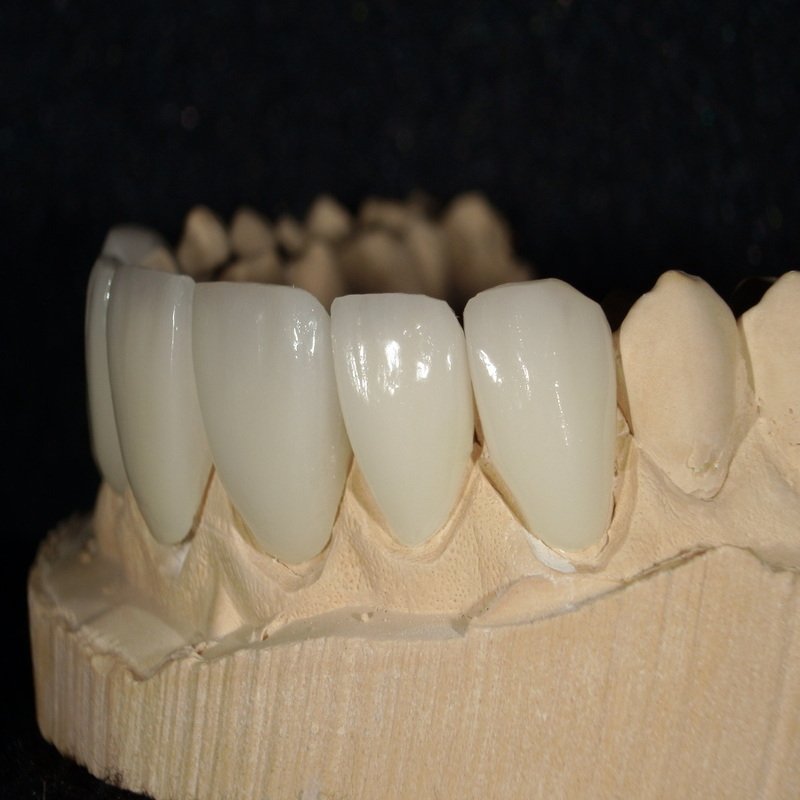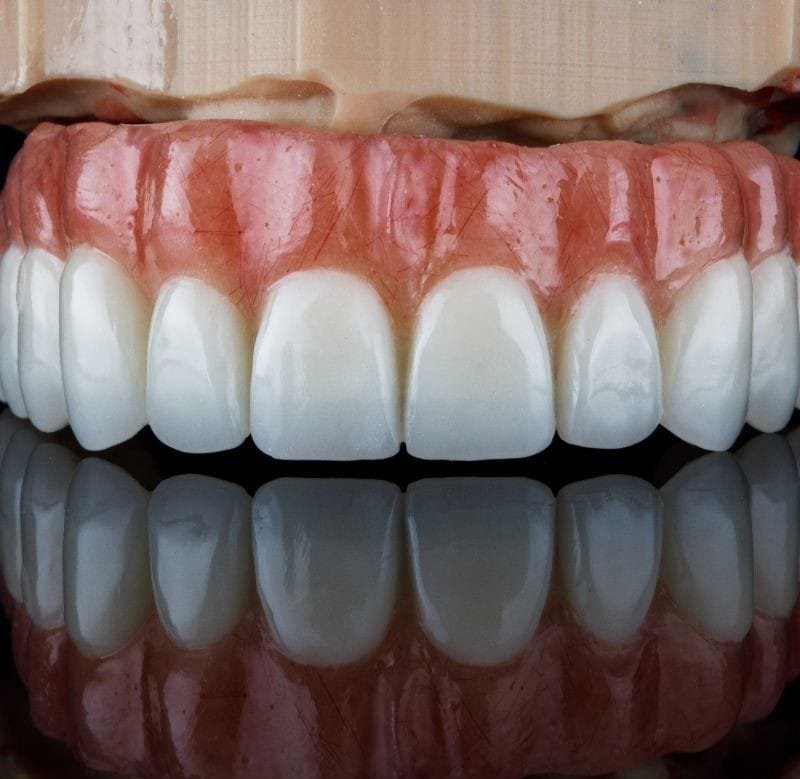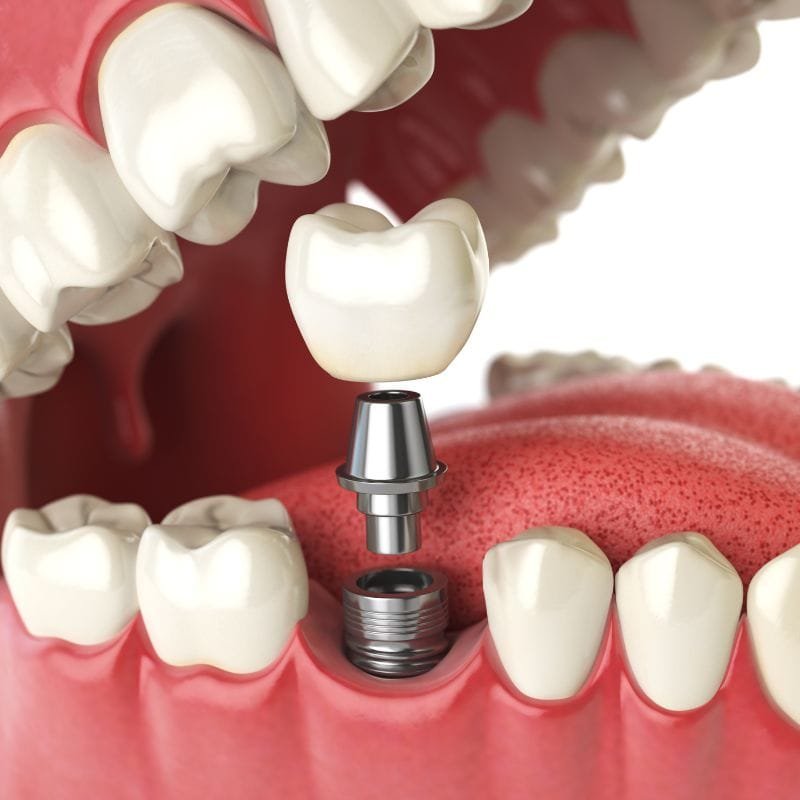What Does Oral Herpes Look Like: Diseases You Need to Prevent
Yes, all this is happening right now in your mouth. And like most urban areas, your mouth has What does oral herpes look like? Scientists have a fancy name for your mouth’s ecosystem; they call it the “human oral microbiome,” capable of developing oral herpes.
Bacteria are a big part of the microbiome. A single mouth can be home to more than 6 billion bacteria, an impressive number compared to Earth’s 7.3 billion human population. Those billions of oral bacteria live in diverse communities, where they go about the business of life: being born, working, feeding, defecating, mating, and dying.
Safe and scary neighborhoods. The bad guys are Streptococcus mutans, which feed on sugar and starchy carbs and then produce acids that erode your tooth enamel. Streptococcus mutans is the primary cause of tooth decay and other oral diseases.
Porphyromonas gingivalis isn’t a regular resident of your mouth but shows up when you have gum disease (Periodontitis and Gingivitis) or oral herpes. Left to running amok, it will destroy gum tissue and the alveolar bone that supports your teeth. Friendly, helpful microbes and good bacteria (probiotics) can help your overall health and oral wellness. Other members of the 700 different strains of bacteria that potentially live in your mouth are neither helpful nor harmful – at least as far as we know.
What Does Oral Herpes Look Like?
People may be surprised to learn that herpes virus infections of type 1 (HSV-1) and type 2 (HSV-2) are prevalent. 85% of people on this planet have been infected with at least one type of herpes. Oral herpes is an infection of the mouth, gums, or lips caused by the herpes simplex virus. This infection causes small, painful blisters, fever, or cold sores.
Most patients with HSV are asymptomatic, meaning that they will not show or experience any symptoms. Others will notice lesions or sores that look like fluid blisters. Over a few days, these lesions ooze, break open, and form a crust before healing. People may also notice itching, tingling, or burning feeling a few days before the lesions appear. Some people may feel some flu-like symptoms, including fever and muscle aches.
Some people may feel some flu-like symptoms, including fever and muscle aches. Someone who gets the infection commonly has their first lesions, sores, or an outbreak between 2 and 20 days later. These lesions may last up to a week or maybe ten days. An outbreak may include a single lesion or a cluster of sores. Wounds affect the skin around your mouth. The blisters can take between two and four weeks to heal. If you have more doubts and are still wondering what oral herpes looks like, send us a message, and we can help you.
What Are The Most Common Mouth Diseases From Bacteria?
The bacteria in your mouth (at least the bad ones) can cause viruses (like oral herpes or gum disease), tooth decay, gum disease, and other common infections in both kids and adults. Proper oral hygiene can prevent some of these infections.
Dental Caries
Dental caries is the primary result of tooth decay and one of the most common oral infections. According to Dr. Neal R. Chamberlain at A.T. Still University, it is caused by the bacteria Streptococcus mutans and is the leading cause of tooth loss in children under 12.
Gingivitis
Various bacteria cause gingivitis—the medical term for early gum disease—and when they settle in the gum’s crevices (at the gum line and below it), they produce toxins.
The gums react to these toxins with inflammation and swelling, so they may bleed when you brush your teeth. Between 50 and 90 percent of adults have gingivitis, which, if left untreated, leads to periodontal disease. The American Academy of Periodontology (AAP) states that certain bacteria can cause pneumonia when breathed into the lungs.
Periodontal Disease
Gingivitis spreads below the gum line and affects the bone and supporting tissues, which can cause periodontal disease. Pockets form around the teeth, giving way to inflammation and bone loss, at which point these teeth can loosen due to this bone destruction.
Eight to 10 percent of adults have periodontal disease, the most common cause of tooth loss. It can also make a chronic lung condition worse, even if it’s already present.
Hand, Foot, and Mouth Disease
The University of Chicago explains that toddlers and school-aged children are most likely to develop hand, foot, and mouth disease, and the virus “Coxsackie A16” is usually responsible. After one to two days of a sore throat and fever, slightly painful blisters can appear inside the cheeks and tongue and on the palms, soles, and buttocks. Fortunately, the infection often disappears within three days.
Herpangina
A disease related to the hand, foot, and mouth, herpangina most frequently infects children aged three to 10 during the summer and fall.
Fever, sore throat, and difficulty swallowing are the first symptoms, followed by tiny blisters at the back of the mouth, forming large ulcers when they rupture. A herpangina infection usually lasts three to five days.
Thrush
An overgrowth of the naturally occurring “Candida albicans” fungus causes thrush. Medical treatments such as antibiotics, chemotherapy, and radiation can trigger an outbreak.
White, curd-like plaques appear on the tongue, inner cheeks, palate, and back of the mouth. Thrush is the most common infection in people with HIV.
Canker sores are lesions that form on the gums and other mouth tissues. Dentists call them aphthous ulcers. Most common in children and adolescents, what causes a isn’t entirely clear. But stress, hormones, immune problems, food hypersensitivities, and related infections are all possible triggers. Usually, the sores heal in 10 to 14 days.
White, curd-like plaques appear on the tongue, inner cheeks, palate, and back of the mouth. Thrush is the most common infection in people with HIV.
Oral Herpes
The Herpes simplex virus causes oral herpes. According to the University of Rochester Medical Center, between 50 and 80 percent of adults in the U.S. carry the virus. You can prevent oral herpes with proper care. The first infection may cause flu-like symptoms, blisters, and ulcers on the gums and tongue, or you may experience no symptoms at all. Once the infection enters the body, the virus remains present permanently.
With the right care, the infection can stay dormant. Recurring outbreaks are usually milder and last from a week to 10 days. Fluid-filled blisters typically appear around the mouth, rupture after a day or two, and form scabs that cause no further discomfort. Children with oral herpes may develop a fever, feel irritable, and tire quickly. After a few days, ulcers may appear around the mouth.
Once the symptoms disappear, the virus stays in the body. Stress, trauma, sunlight, and cold can trigger flare-ups. Brushing twice daily with fluoride toothpaste and flossing once daily can help prevent tooth decay, gum disease, oral herpes, and periodontal disease. Your dentist or doctor can help treat other oral infections by following this routine.
Thrush and Oral Infections
White, curd-like plaques may appear on the tongue, inner cheeks, palate, and back of the mouth. Thrush is the most common oral infection in people with HIV. Regular oral care and consultation with healthcare professionals can help manage and treat various oral infections.
What are teeth made of?
Each tooth is comprised of the following:
Enamel
The tooth’s outer covering is your body’s most robust, complex, and highly mineralized substance. Enamel is the most visible part of teeth and is a semi-translucent material that ranges from light yellow to grayish-white. Enamel is a barrier that protects your teeth from the ravages of acids and plaque. Enamel contains no living cells and cannot regenerate itself, so it’s critical to preserve it. Proper oral hygiene—brushing, flossing, regular professional checkups, and cleanings—helps prevent enamel from eroding.
Dentin
This is a layer of living cells that lie underneath the enamel. Dentin is intended to protect the pulp of your teeth and has a direct hotline to the nerves of your teeth. When dentin is exposed due to loss of enamel, you experience that sharp, shooting pain associated with cavities or sensitive teeth. Dentin is also what primarily gives your teeth their color.
Pulp
The living center of your teeth is filled with blood vessels, connective tissue, and nerves. Pulp keeps your teeth nourished and moist. Without pulp, our teeth would resemble dried, bleached bones. Like the turkey wishbone, you leave it out for a few days following Thanksgiving to become brittle so you can quickly snap it while making a wish. Teeth are held in place by the Tegmentum, a layer of connective tissue that grips teeth to the gums and jawbone. The periodontal ligament helps hold the teeth to the jaw. You also have gums, upper and lower jaws, a tongue, salivary glands, and a uvula (the dangly ball bit at the back of your mouth). The health of all these structures is directly related to the health of your teeth. Your mouth is a holistic system; others suffer if one part is not well.
Taking Care of Your Mouth
Thankfully, teeth and your entire mouth can be kept healthy and happy with minimal effort. Sometimes, you have to work a little more complicated – pregnancy can cause dental issues, as can medical conditions such as diabetes. Ask your dentist for advice on managing your mouth. In general, though, dentists advise or schedule an appointment
Eat Healthily
Skip or limit your intake of simple carbohydrates (like foods made with white flour and sugar). The bacteria in your mouth love to snack on sweets and carbohydrates. Carb-fueled bacteria multiply super-fast and cling to each other, creating a “biofilm,” better known as plaque. Bacterial plaque is the primary cause of 90% of all dental diseases because bacteria secrete acidic waste products. This creates an acidic environment in your mouth that weakens teeth, which may lead to oral herpes but can lead to decay.
You’ll also want to limit acidic foods (citrus fruits, vinegary pickles, etc.) and beverages like soda, citrus juices, energy, sports drinks, and wine. Sugar-laden acidic drinks such as citrus juice and sodas can cause double the dental damage, so be especially vigilant about how often you indulge in them. Try to rinse your mouth with water after drinking highly acidic liquids. Acidic foods and drinks can cause dental erosion, softening the enamel on your teeth, which can progress to the dentin and cause decay. Hold off brushing for about an hour after eating acidic foods to avoid damaging enamel.
Clean Thoroughly But Gently Twice a Day
Here’s a little more info about your dental enamel – it comprises tiny, tightly packed rods of minerals. You have about 5 million rods in the lower lateral incisor and up to 12 million in the upper first molar. Brushing your teeth with a side-to-side motion goes against the orientation of the enamel rods in your teeth. It can cause the rods to weaken and break. Instead, position your toothbrush bristles at a 45-degree angle to the surface of the teeth and brush gently in small circles.
Dental hygienists advise brushing for three minutes with a soft brush. Replace the brush every three months—or sooner if the bristles are worn, bent, or frayed. Also, replace your toothbrush if you’ve recovered from a cold, the flu, or another ailment. Germs lurk in your brush’s bristles; they can harbor germs that help develop oral herpes.
You may want to talk to your dentist or dental hygienist about electronic toothbrushes or the newer brushes that use ultrasound to destroy harmful bacteria and debris. Flossing has recently come under fire – there’s no scientific proof of its effectiveness. But that doesn’t necessarily mean that it is ineffective – it just indicates that no one has spent the money and time necessary to conduct an in-depth study on flossing. The logic suggests flossing is a very effective way to remove food debris between the teeth.
Stay hydrated
A dry mouth also puts teeth at increased risk for erosion, as healthy saliva flow helps protect teeth from exposure to acid. Drink water, and if you’re still feeling parched, try rinsing your mouth with a product designed for dry mouth care and chewing sugarless gum.
See Your Dentist and Hygienist Regularly
No matter how careful you are with home care, regular exams and professional teeth cleanings are critical.
Checkups involve more than a quick peep at your teeth. Your dentist will screen you for oral cancer, tooth decay, oral herpes, and gum disease. Caught early, these conditions are far easier to manage. Even people super-dedicated to good oral hygiene will inevitably miss a bit of plaque here and there.
Removing tartar is not something that you can do at home. Your dental care team is the absolute best source of information on oral hygiene practices. You are addressing your oral health concerns. Don’t wait until a problem arises to check in with your dentist!
Suppose you’ve skipped regular checkups and cleanings due to budget concerns and no dental insurance. Consider getting a dental savings plan. These plans are an affordable alternative to dental insurance. They are providing plan members with discounts of 10%-60% on the majority of dental services. Find out more about what oral herpes looks like here.
If you want to know more information about oral herpes, go to next post and learn more about dental care


